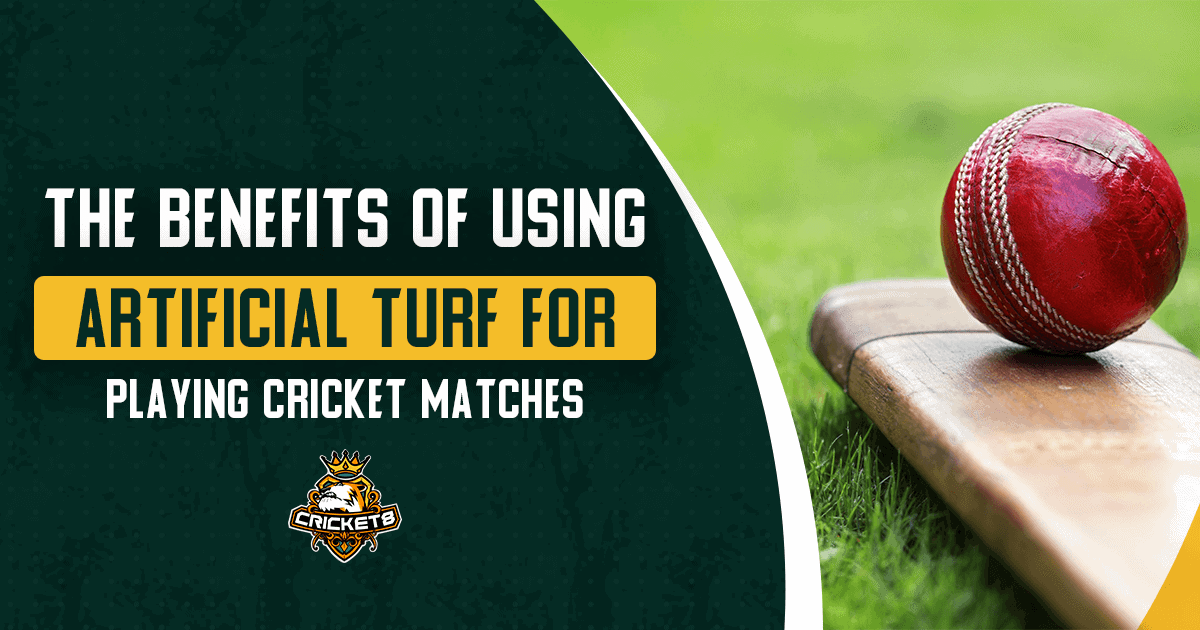
Has it ever occurred to you why is it a little more difficult for the players of the sub-continent to play a cricket match in the grounds of countries like England or Australia? Or, why do the cricketers of those countries find it difficult to play the Indian spinners? Let me tell you without wasting any more time that it is not because of the huge difference in the weather, but the pitch- or rather, the condition of the pitch.
Why is the Pitch Condition So Important?
Cricket’s uncertainty does not need to be explained any further than it is already known by both the players and people who are associated with the game in any way. But any of the fans who are not directly associated with the game do not know that the pitch itself plays a crucial role in the match’s fate. I mean, honestly, in how many matches do we pay attention to the pitch report before the toss? But it’s very commonly seen that when our favorite team loses the game, many times we blame the decision taken at the toss.
The Influence of Pitch Conditions on Toss
It is very important for the captains of both the teams to know the pitch’s condition before they make a decision and come to toss. Some of the pitches have a very little amount of grass on it and thus provide a steady supply of moisture in the air right above the grass than the rest of the ground. This very moisture gives the ball the swing that can wreak havoc on the opposition’s batting performance.
The grass also makes the shine stay longer on the ball and helps with the seam thread in a pacer-friendly way. The more a ball is used on that pitch, the more difficult it becomes to make it swing. Even with a new ball, the edge that comes with extraordinary swing becomes useless after a few overs if there is no grass on the ground. Similar conditions can be found in the early hours of the day, during the twilight, or when the sky is cloudy meaning when the pitch is damp but not wet because wetness will make swinging difficult, if not impossible.
So when a captain finds himself an opposition team with pace bowlers capable of creating brilliant swing with the ball on a grassy pitch, would like to bowl first, even if his own team has the same type of bowling line-up, to make the opponent’s bowlers lose their edge with the comparatively older ball when their innings commences. Also because it becomes easier to bat on the grassy pitch with time and defending a big score is easier than chasing one most of the time.
This is more commonly seen in limited over or ODI cricket where the white ball is used as it stops swinging after 5-8 overs whereas the red ball provides swing for a longer period, even in the reverse way. On the other hand, the hard pitch- dry & dusty one- is favorable for spinners, but they are also easier to bat on first. And, although 2 white balls are more common in ODI cricket now, the influence of pitch condition remains pretty much the same.

So, you may ask, how does artificial turf help here? Well, because artificial turf captures the moisture just like grass does and it has all the benefits of a natural grass pitch; however, it also comes with some benefits over the natural grass turf. Let’s find out.
Benefits of Artificial Turf in Cricket
Artificial Turf was not very common in first-class cricket, until recently. In fact, even today, a hybrid pitch- a blend of natural grass and artificial turf- is allowed according to ICC rules in both men’s & women’s ODI & Twenty20 International matches. But the synthetic or artificial turf has many advantages over the natural grass for a cricket pitch, which include but are not limited to the followings:
Maintenance: Moisture & Growth
The natural grass is loved for the moisture and its controlled height. That requires regular maintenance with watering & cutting. The artificial turf does need watering but for a different purpose altogether. One needs to water the turf only to drive away dirt & dust build-up. And there is no requirement of cutting at all.
The Footfalls Can Make Spots on the Grass
The similar condition of the pitch throughout the match is desired for a fair game, yes the change of the pitch is fair unless tampered manually. While no one destroys the grassy pitch intentionally, it naturally wears off with the overs being played. Eventually, the grass loses its glamor to the pacers and this is where the artificial turf wins easily, yet again.
Better Appearance in High Temperature
It is obvious for normal grass to turn brown under high temperature with time. That not only creates a bad appearance on the cricket ground, but also makes the pitch dry leaving it off its advantage with grass. This never happens with a cricket pitch made with artificial turf.

Friendlier to the Environment
Natural grass needs chemicals to grow in places it’s not grown naturally and for maintenance too. It needs regular and calculated watering meaning a significant portion of the water supply of the area where the cricket ground is situated will have to be dedicated to the pitch maintenance. Think about areas with water shortage! None of these issues occurs at all with artificial turf, only a regular cleaning with a splash of water will do and that too only when dirt & dust have created a build-up on it.
Friendlier to the Finances
Many of those against the artificial turf usage for a cricket pitch are more likely to start their argument with the installation cost. Yes, there is a hefty amount to be paid to install artificial turf pitches. But that’s just a one-time investment and after a successful installation, a very minimum- next to nothing- spending is required to maintain a synthetic turf pitch. When that is compared with the grass pitch maintained for the same amount of time, the turf wins hands down, ever here.
Choice of Grass Type
With the usage of an artificial turf, the geographical limitations of a particular area or the effect thereof goes out of the picture. Artificial turf comes in various options to choose from and it varies in terms of the length, thickness and type of the grass. Therefore, the weather may be out of control in a different continent when cricketers are having overseas matches, but the pitch condition can pretty much be the same or predictable.

Apart from the initial one-time installation cost, there is almost no expenses to be made to maintain the pitch and this can be of high value for many cricket boards who have limited finances and natural resources available to operate their team and host international matches with limited overs. With artificial turf wickets, a country’s economy can also be improved in other sectors by organizing international matches, starting with the number of audiences visiting a country.
Artificial turf may take away a lot of the natural advantages that a cricket team has in its home ground, but it provides many other facilities. Even the ICC has changed its rules and allowed having a combination of both natural grass and turf-made cricket pitches for the limited over international matches. In fact, most, if not all, of the international matches are being played on turf wickets these days. In India, turf wickets can be found in Uttar Pradesh, Rajasthan, New Delhi and Maharashtra. With artificial turf, there are a lot more possibilities to be expected in future.




